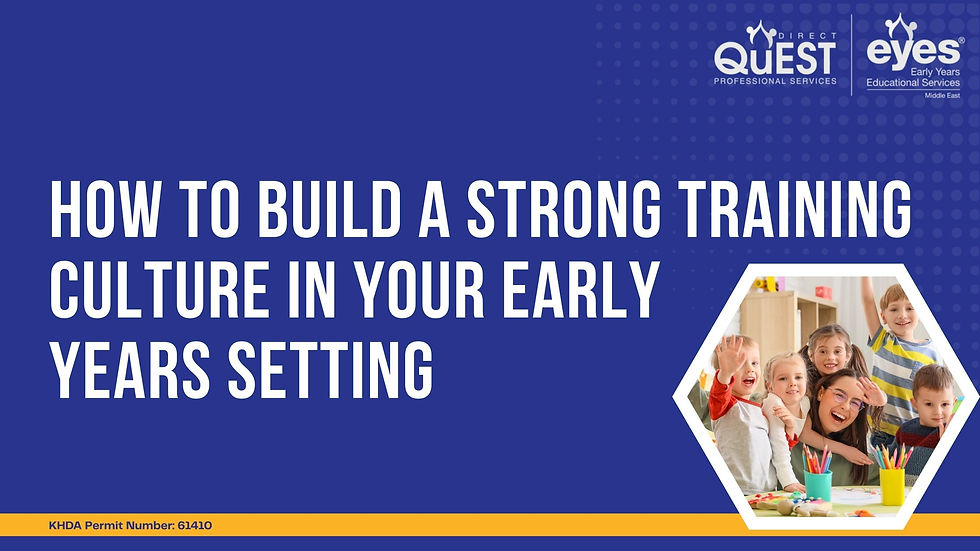10 ideas to get children more physically active in your setting.
- Aug 29, 2021
- 3 min read
Updated: Sep 20, 2021

After many warm months indoors, the weather is starting to cool down (hopefully!). We can now start to extend our learning environment into the outdoors.
The benefits of physical play
For children, physical play and physical activity includes independent play, group games, sports, completing simple tasks and physical education. These can be done at home with family or in the nursery setting, either indoors or outdoors.
In addition to helping children maintain a healthy lifestyle, physical activities also have many other benefits. Regular physical activity helps children to build strong muscles and bones, become more coordinated, increase concentration and develop confidence. Physical exercise and play also helps to support children to establish a regular sleep pattern. Physical play activities can be carried out indoors or outdoors in open spaces at least once a day. Depending on the age and stage of a child’s development, this duration will vary as will the activity.
The benefits of outdoor environment
There are many reasons why children should be spending time outdoors - exploring their natural environment helps them to better understand the world around them and its natural elements such as plants, flowers and wild life. Spending time in the outdoors ignites curiosity and creativity, supports independence and helps children to think critically.
The outdoor environment contributes positively to happiness, health and wellbeing. The freedom to run and play in open spaces increases physical activity and provides joy and excitement one does not get to experience indoors.
Here are some ideas to help get your children more physically active outside - these of course can all be enjoyed indoors as well.
Races

Most children love racing against each other, either in teams or individually. You can make these activities as competitive or non-competitive as you like. There are many different types of races to choose from, try running, jumping, crawling, ball and spoon or a simple obstacle course with a variety of activities to complete.
Obstacle courses
Any resources can be used to create an obstacle course. Have a look around the nursery environment to see what you already have, such as a table to crawl under or recycled cardboard boxes to crawl through. Both indoor and outdoor gym equipment such as balls, hoops, bean bags and balancing beams can also be used.

Parachute games

There are a great number of games which can be played with a parachute. You could fill the parachute with balls and then see how quickly you can shake them up high or down low, you can play a game of tag where you call out two children’s names and the children have to swap places by running around or under the parachute trying to catch the other.
Throwing and catching games

Children can play throwing and catching games individually, with a partner or as part of a small group. Children can throw things to each other, such as balls or beanbags or participate in target games such as throwing the ball into a bucket or hoop.
Singing and dancing
Physical and musical activities can be combined together to play ‘The Hokey Cokey’, ‘If You’re Happy and You Know it’, ‘Head, Shoulders, Knees and Toes’, ‘Sandy girl/ Sand boy’, ‘Sleeping Bunnies’ and ‘Dingle Dangle Scarecrow’. These also develop communication and language skills and are lots of fun.
Bubble popping
This is extremely simple and lots of fun for children of all ages. Children will have a great time running and jumping as they catch and pop bubbles. Try creating different sized bubbles for the children to pop.




